Setting up a brandy distillery is a rewarding venture that allows you to craft a spirit rich in flavor and tradition. Whether you're passionate about distilling or looking to turn a hobby into a business, establishing a brandy distillery requires careful planning and execution. In this article, we’ll guide you through the essential steps to create a successful brandy distillery.
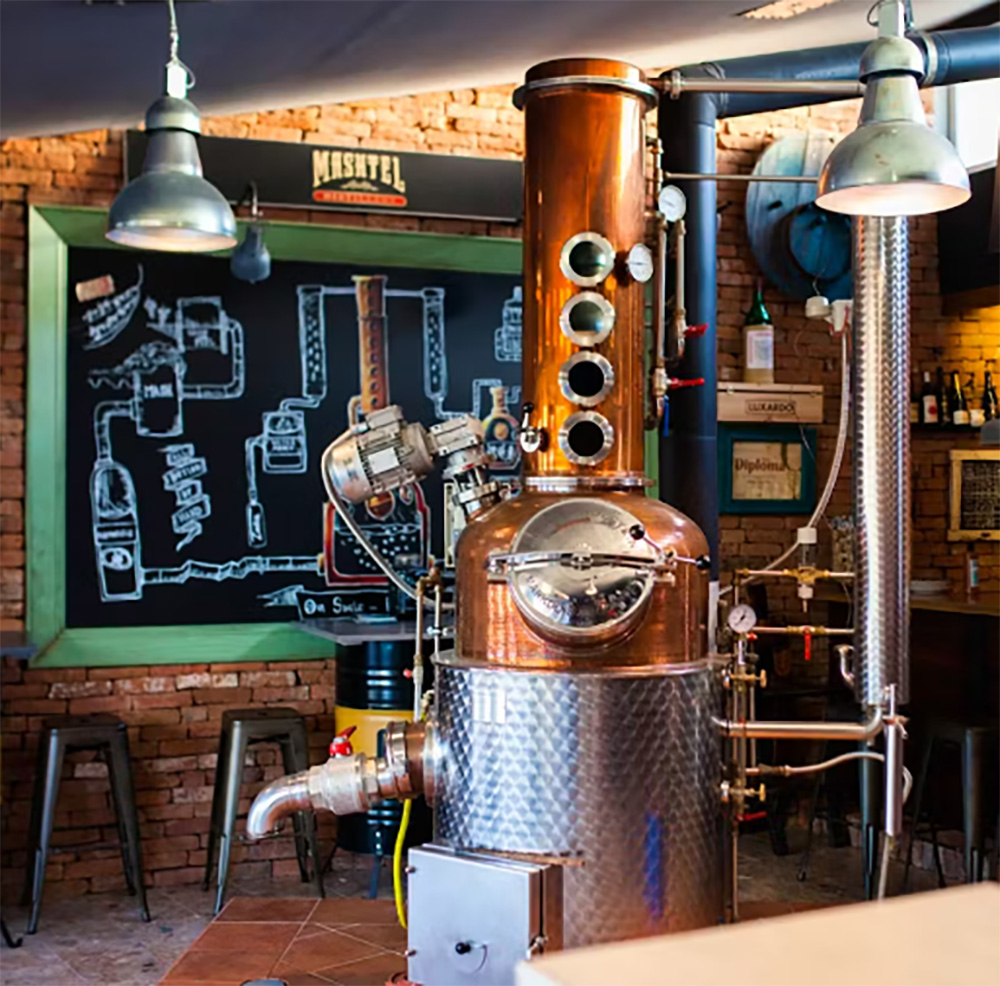
Step 1: Understand the Basics of Brandy Production
Before diving into the setup process, it’s crucial to understand what brandy is and how it is produced. Brandy is a distilled spirit made from fermented fruit juice, most commonly grapes. The process involves fermentation, distillation, aging, and bottling. Familiarize yourself with the various types of brandy, such as:· Fruit Brandies: Made from fruits other than grapes, such as apples (calvados) or pears.
· Grape Brandy: The most popular type, including Cognac and Armagnac.
Understanding these differences will help you decide on your brandy style and the fruits you'll use in production.
Step 2: Develop a Business Plan
Creating a detailed business plan is essential for any distillery startup. Your plan should cover:· Market Research: Analyze the demand for brandy in your region, identify competitors, and target your audience.
· Production Goals: Define your production capacity, the types of brandy you want to produce, and your unique selling proposition (USP).
· Financial Projections: Estimate your startup costs, operating expenses, and revenue forecasts. Include costs for equipment, licenses, raw materials, and marketing.
· Funding Sources: Determine how you will fund your distillery, whether through personal savings, loans, or investors.
A comprehensive business plan will not only guide your operations but also help secure financing.
Step 3: Choose a Location
Selecting the right location for your distillery is crucial. Consider the following factors:· Zoning Regulations: Ensure the location complies with local zoning laws that allow distillation.
· Proximity to Raw Materials: Being close to fruit suppliers or vineyards can reduce transportation costs and ensure freshness.
· Accessibility: Choose a site that is easily accessible to customers and suppliers. This is especially important if you plan to have a tasting room or offer tours.
Step 4: Obtain Necessary Licenses and Permits
Starting a distillery involves navigating complex regulations and obtaining various licenses and permits. In the U.S., for example, you’ll need to apply for a federal distilled spirits permit from the Alcohol and Tobacco Tax and Trade Bureau (TTB). Additional state and local permits may also be required, including:· State Distillery License: Each state has its own regulations, so research the requirements specific to your location.
· Health and Safety Permits: Ensure compliance with local health and safety regulations.
· Business License: Register your distillery as a business entity and obtain any necessary local business permits.
Consulting with legal experts or industry associations can help streamline this process.
Step 5: Design Your Distillery Layout
The layout of your distillery will affect your production efficiency and workflow. Key components of a distillery include:· Receiving Area: Where raw materials, such as fruits, are received and processed.
· Fermentation Room: Equipped with fermentation tanks where the fruit juice is fermented into alcohol.
· Distillation Area: Home to your stills, where fermentation mash is distilled to separate alcohol from water and other components.
· Aging Room: If you plan to age your brandy in barrels, designate a temperature-controlled area for this purpose.
· Bottling and Packaging Area: A space for filling, labeling, and packaging your brandy.
Consideration of ergonomics and workflow can enhance efficiency and reduce labor costs.
Step 6: Invest in Quality Equipment
Investing in the right equipment is critical for producing high-quality brandy. Key pieces of equipment include:· Fermentation Tanks: Stainless steel or food-grade plastic tanks for fermenting your fruit juice. Size will depend on your production goals.
· Distillation Equipment: Choose between pot stills or column stills, depending on your desired brandy style. Pot stills are traditional and offer richer flavors, while column stills can provide higher purity.
· Aging Barrels: Select barrels that complement the flavors you wish to impart to your brandy. Oak barrels are commonly used for aging.
· Bottling Line: Depending on your production scale, invest in an automated or manual bottling line for efficiency.
Consider working with reputable suppliers, like Tiantai, to ensure you acquire high-quality equipment that meets industry standards.
Step 7: Source Quality Raw Materials
The quality of your brandy heavily relies on the raw materials you use. Focus on sourcing high-quality fruits, such as:· Fresh Fruits: Use ripe, fresh fruits for fermentation. The quality of the fruit will directly affect the flavor profile of your brandy.
· Local Vineyards: If producing grape brandy, consider partnering with local vineyards for fresh grapes and potentially co-marketing opportunities.
Building relationships with local suppliers can also contribute to your distillery’s reputation and sustainability efforts.
Step 8: Create Your Brand Identity
Branding is essential for distinguishing your distillery in a competitive market. Develop a strong brand identity that reflects your values and the uniqueness of your brandy. Key elements include:· Brand Name: Choose a name that resonates with your target audience and conveys the essence of your brand.
· Logo and Packaging Design: Invest in professional design services for your logo and bottle labels. Attractive packaging can enhance shelf appeal.
· Storytelling: Share your brand story and the inspiration behind your brandy. Connecting with consumers on an emotional level can foster loyalty.
Step 9: Implement Marketing Strategies
Once your distillery is ready for production, it’s time to implement marketing strategies to attract customers. Consider the following approaches:· Website and Online Presence: Develop a professional website showcasing your brand, products, and distillery tours. Utilize social media platforms to engage with customers.
· Tastings and Events: Host tastings, workshops, or open house events to introduce your brandy to potential customers and build relationships with the community.
· Distribution Channels: Explore partnerships with local restaurants, bars, and retailers to distribute your brandy. Consider direct-to-consumer sales through a tasting room or online.
Step 10: Monitor Quality and Adapt
Quality control is paramount in distillation. Regularly monitor your production processes and taste your brandy to ensure consistency and quality. Solicit feedback from customers and make adjustments to your recipes or production methods as needed.If you are planning to build your own distillery. TIANTAI Company could help you answer your questions and supply distilling equipment. We supply 50L-150HL complete distilling equipment. If you are interested, please feel free to contact Cassie for a FREE distillery proposal. We shall be honored to do our best to support you in any way we can.
Edited by Cassie
E-mail:[email protected]



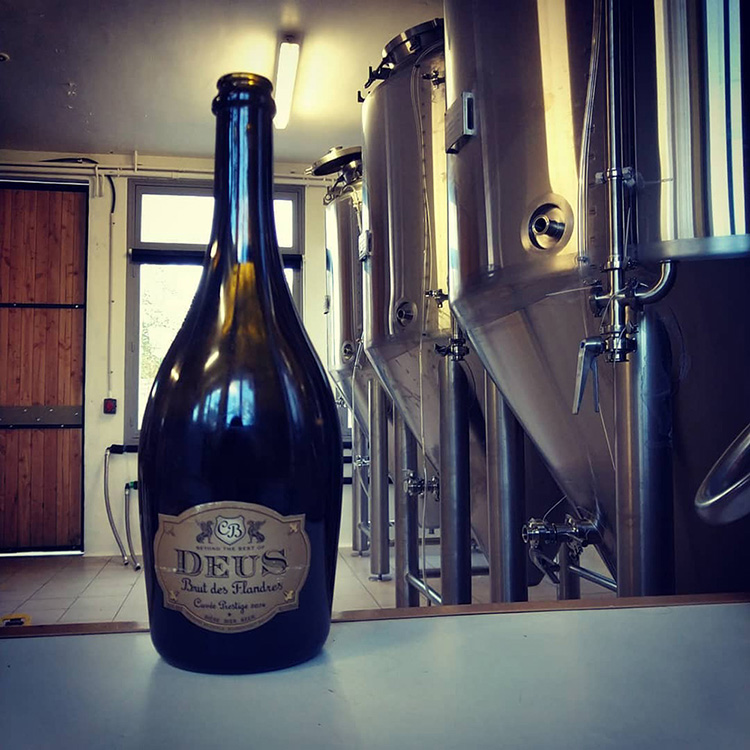
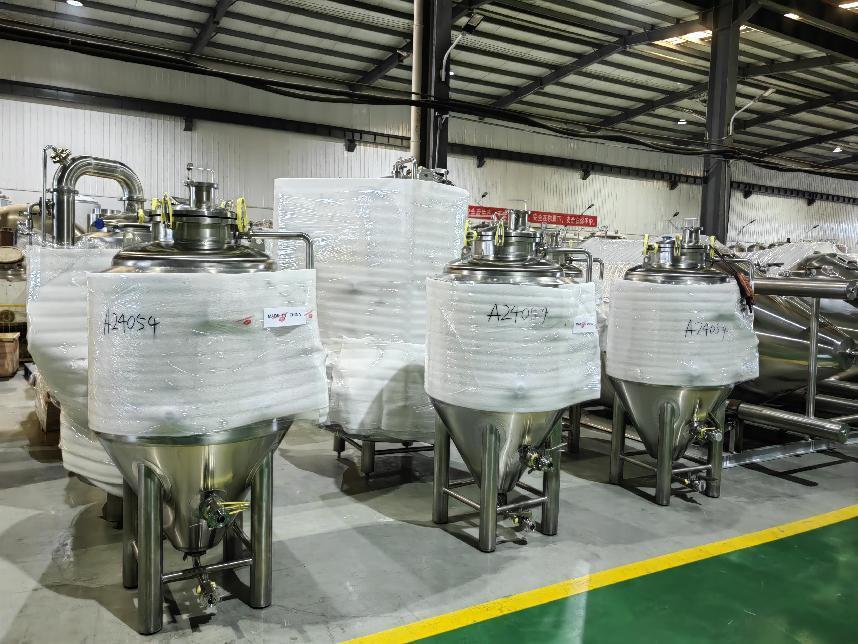

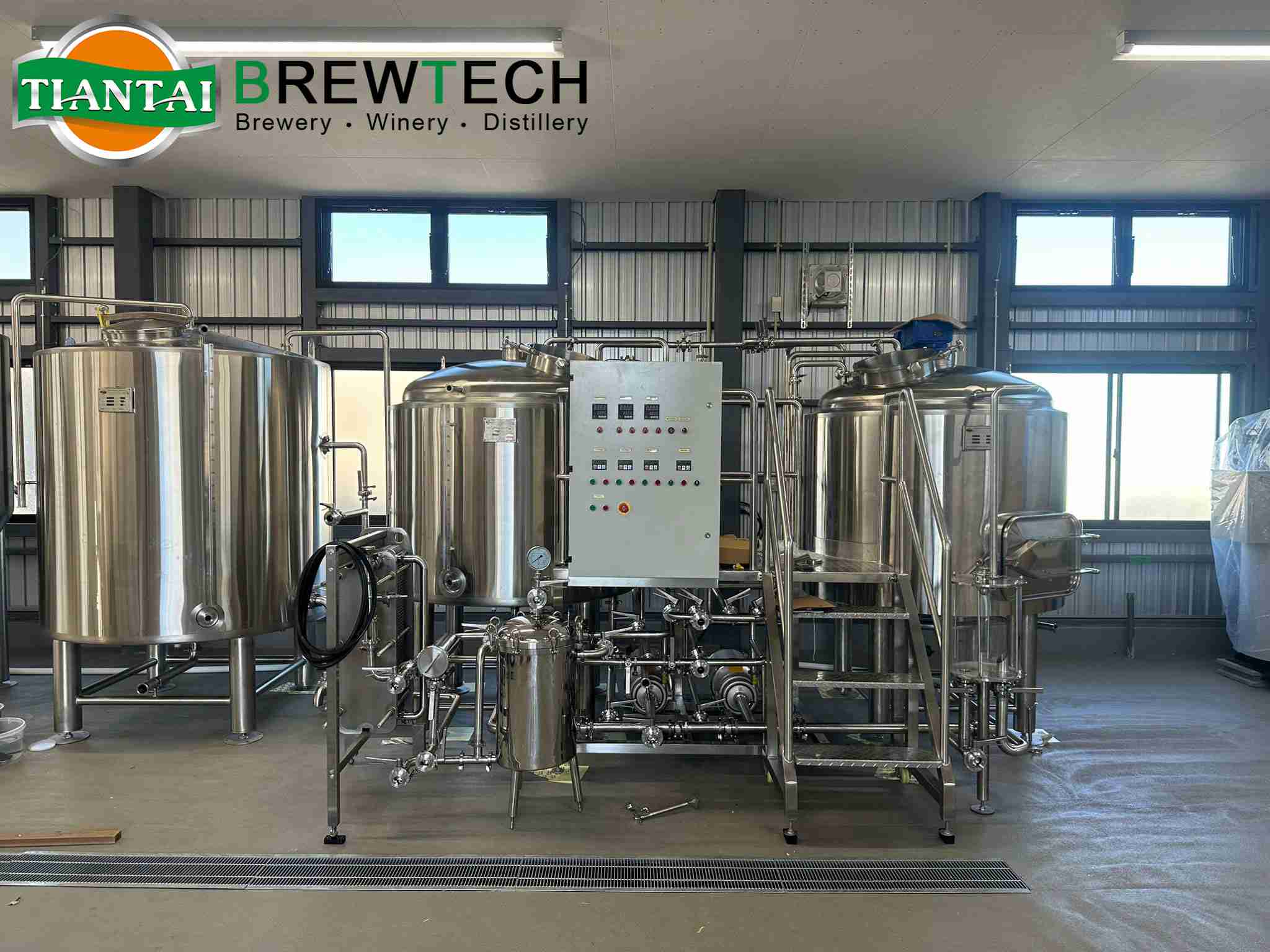
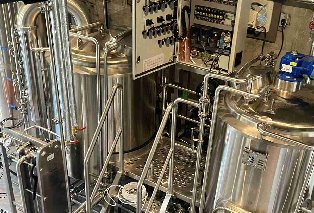
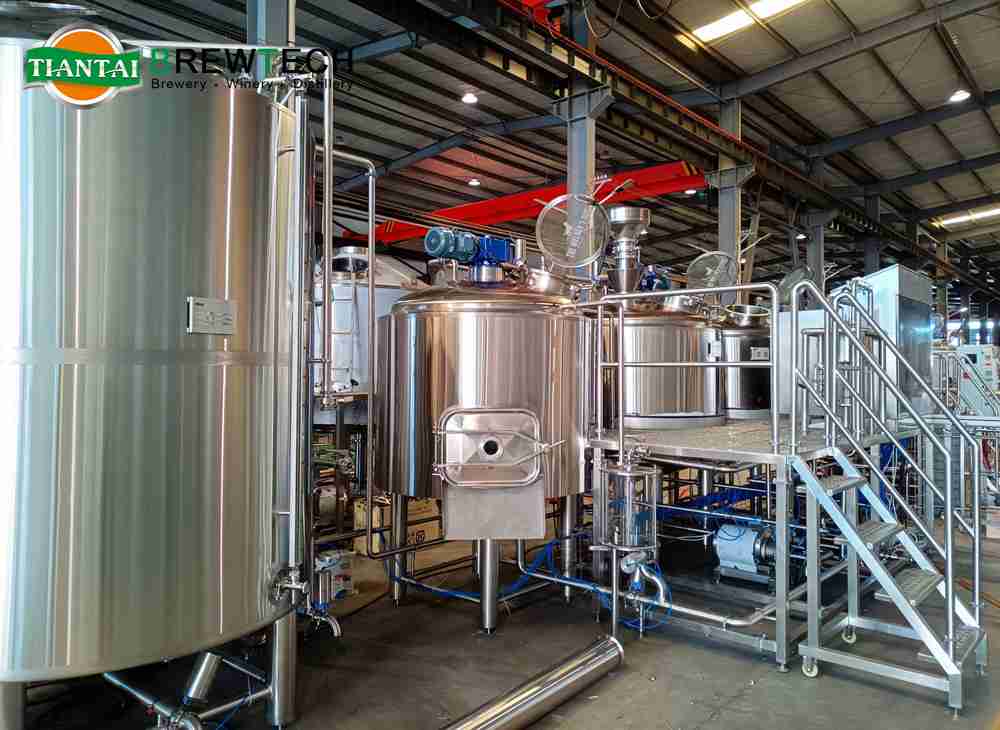
Get A Quote